Pluto’s Surface Changes Faster Than Earth’s, And A Subsurface Ocean Is Driving It










Pluto’s Surface Changes Faster Than Earth’s, And A Subsurface Ocean Is Driving It
“These mountains aren’t static and stable, but rather are temporary water-ice mountains atop a volatile, nitrogen sea. The evidence for this comes from multiple independent observations. The mountains only appear between the hilly highlands, after the edge of a basin rim, and young plains with flowing canals. These young plains occur in Pluto’s heart-shaped lobe, which itself was caused by an enormous impact crater. Only a subsurface, liquid water ocean beneath the crust could cause the uplift we then see, leaving the nitrogen to fill it in.”
In July of 2015, NASA’s New Horizons Mission arrived at Pluto, photographing the world at the highest resolution ever, with some places getting as up-close as just 80 meters (260 feet) per pixel. Not bad for a world more than 3 billion miles (5 billion kilometers) from home! What we’ve learned is breathtaking. Rather than a static, frozen world, we found one with tons of evidence for active, interior geology, as well as with a changing surface that renews itself and undergoes cycles, quite unexpectedly to many. There’s also not an enormous heart, but rather a massive, volatile-filled crater that caused Pluto to tip over at least once in its past, and may yet cause it to tip over again in the near future.
If you ever wanted to know how these distant, icy worlds come alive, there’s never been a better way to find out than in the aftermath of what New Horizons taught us!
More Posts from Sergioballester-blog and Others

Charon, moon of Pluto, observed by NASA’s New Horizons probe on this day in 2015.
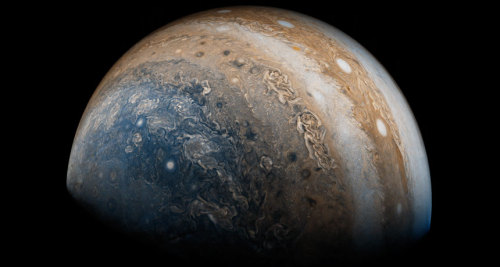









Jupiter Descending
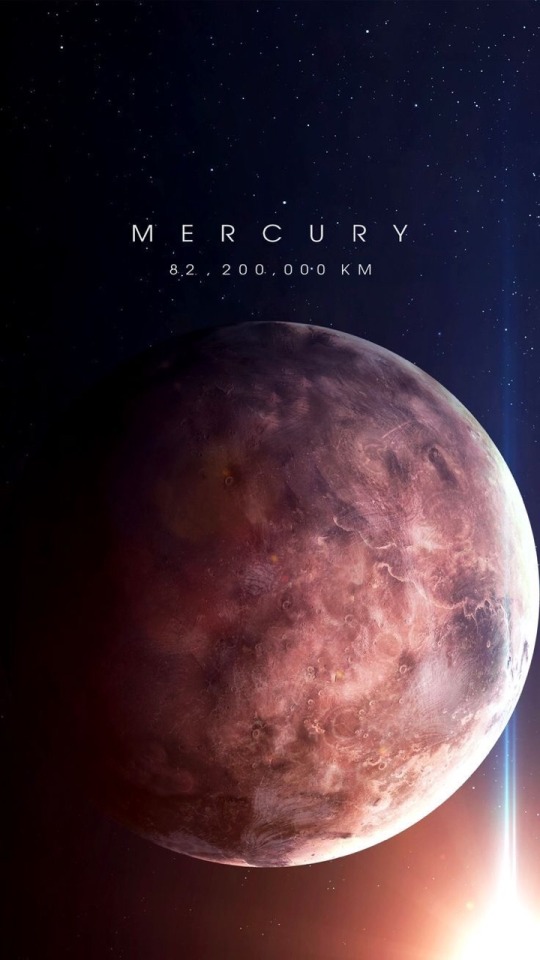
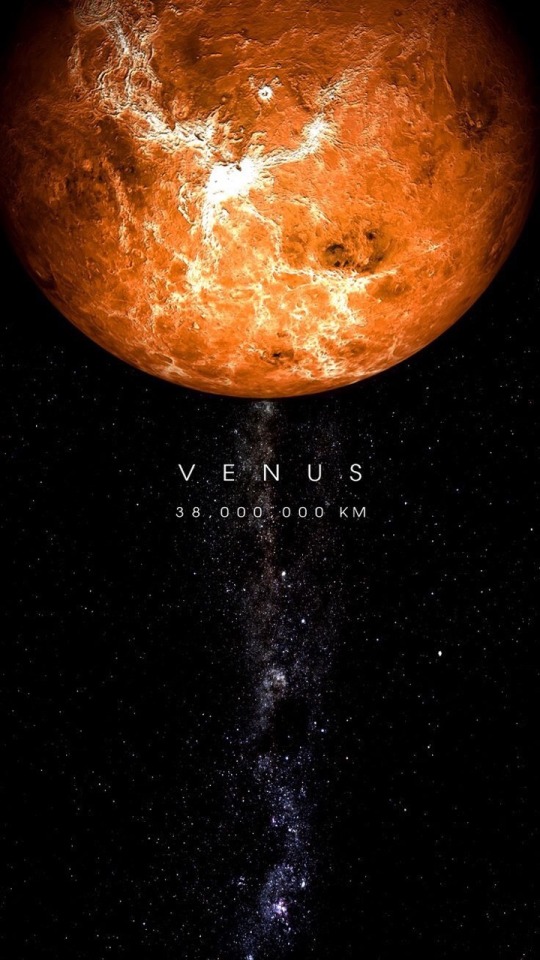
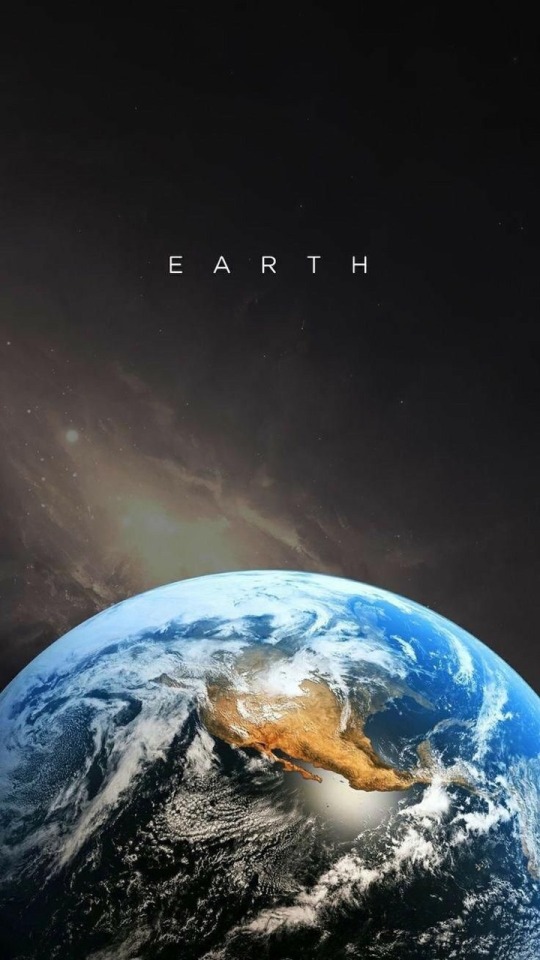
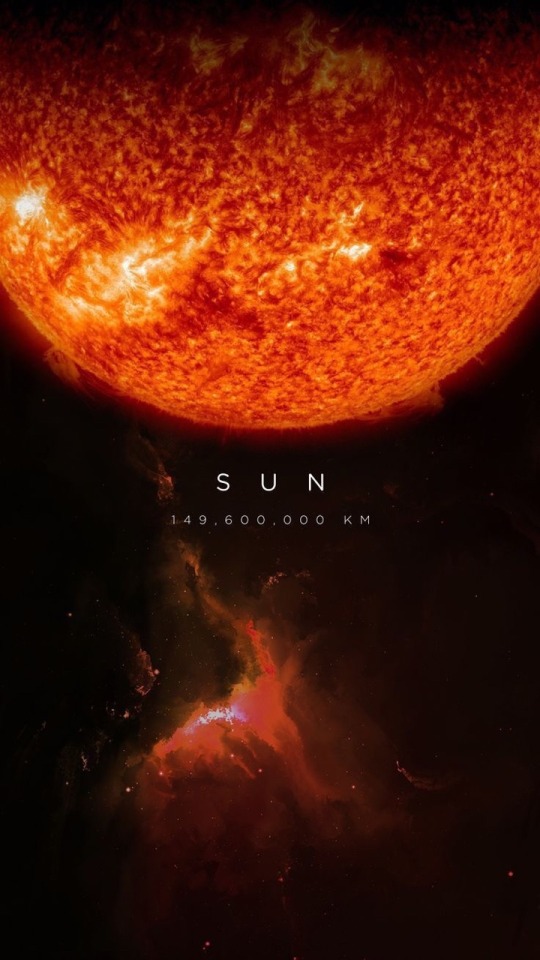
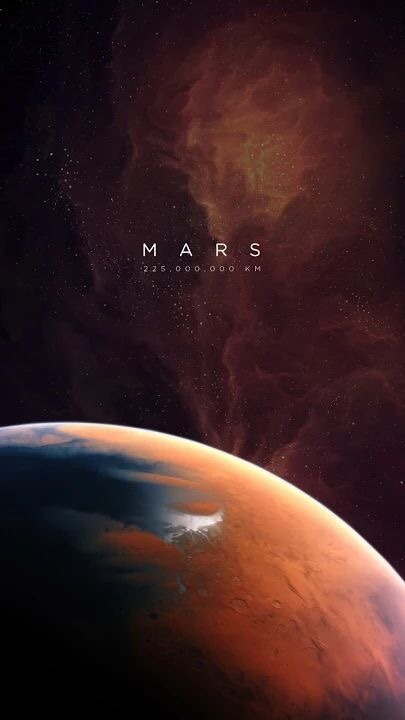
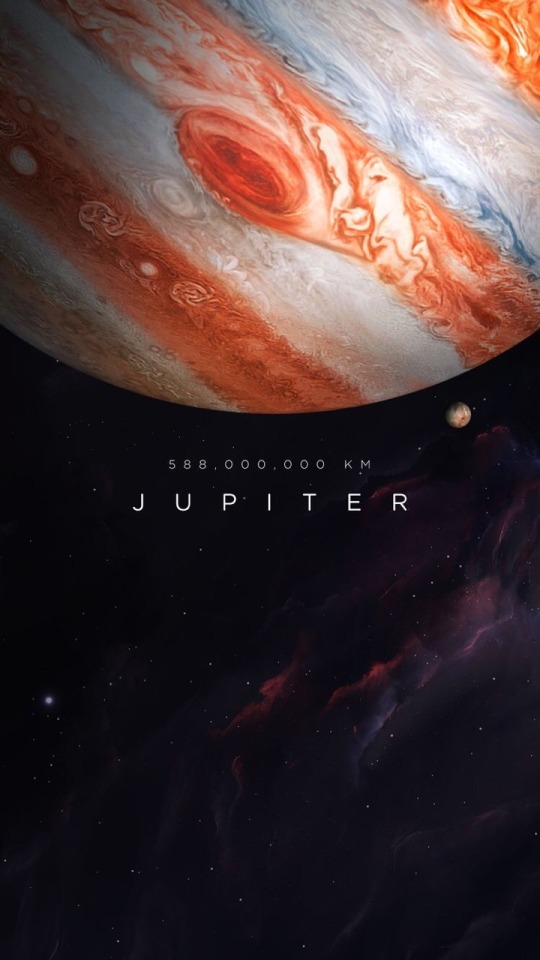
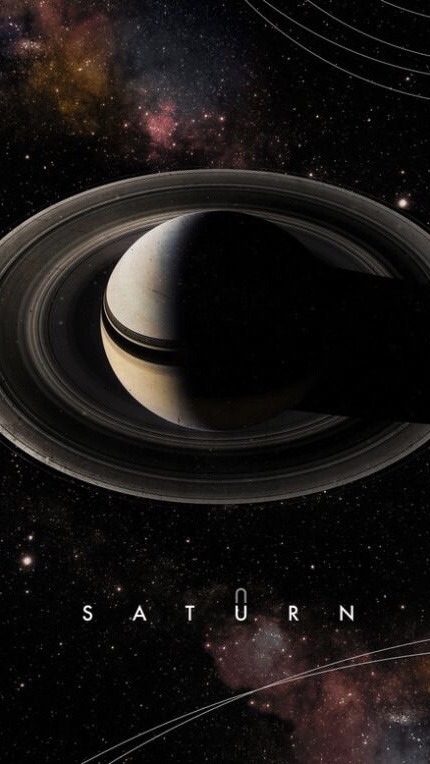
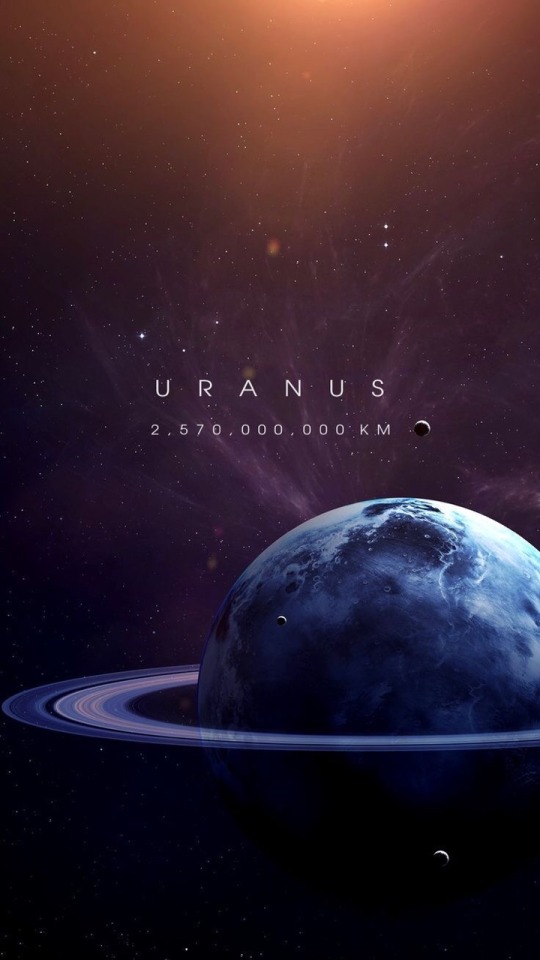
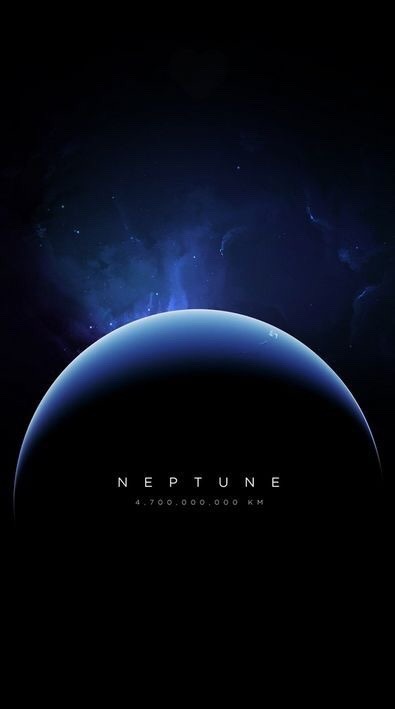
Solar System
•please like or reblog if you use

Saturn by europeanspaceagency
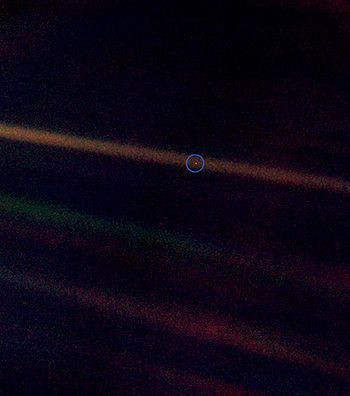
The Pale Blue Dot
The “Pale Blue Dot” is a photograph of planet Earth taken in 1990 by Voyager 1 from a record distance, showing it against the vastness of space.
By request of Carl Sagan, NASA commanded the Voyager 1 spacecraft, having completed its primary mission and now leaving the Solar System, to turn its camera around and to take a photograph of Earth across a great expanse of space. Reflecting on this picture (now considered one of the most important pictures in all of human history) Carl Sagan said:
“From this distant vantage point, the Earth might not seem of particular interest. But for us, it’s different. Consider again that dot. That’s here, that’s home, that’s us. On it everyone you love, everyone you know, everyone you ever heard of, every human being who ever was, lived out their lives. The aggregate of our joy and suffering, thousands of confident religions, ideologies, and economic doctrines, every hunter and forager, every hero and coward, every creator and destroyer of civilization, every king and peasant, every young couple in love, every mother and father, hopeful child, inventor and explorer, every teacher of morals, every corrupt politician, every “superstar,” every “supreme leader,” every saint and sinner in the history of our species lived there – on a mote of dust suspended in a sunbeam.
The Earth is a very small stage in a vast cosmic arena. Think of the rivers of blood spilled by all those generals and emperors so that, in glory and triumph, they could become the momentary masters of a fraction of a dot. Think of the endless cruelties visited by the inhabitants of one corner of this pixel on the scarcely distinguishable inhabitants of some other corner, how frequent their misunderstandings, how eager they are to kill one another, how fervent their hatreds.
Our posturings, our imagined self-importance, the delusion that we have some privileged position in the Universe, are challenged by this point of pale light. Our planet is a lonely speck in the enveloping cosmic dark. In our obscurity, in all this vastness, there is no hint that help will come from elsewhere to save us from ourselves.
The Earth is the only world known so far to harbor life. There is nowhere else, at least in the near future, to which our species could migrate. Visit, yes. Settle, not yet. Like it or not, for the moment the Earth is where we make our stand.
It has been said that astronomy is a humbling and character-building experience. There is perhaps no better demonstration of the folly of human conceits than this distant image of our tiny world. To me, it underscores our responsibility to deal more kindly with one another, and to preserve and cherish the pale blue dot, the only home we’ve ever known.”
Jupiterʼs moons

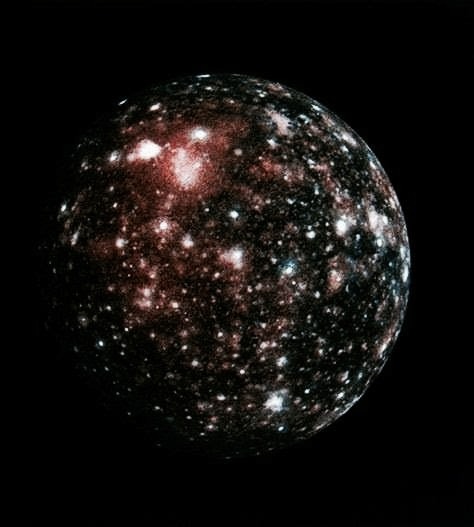


Ganymede, Callisto, Io and Europa


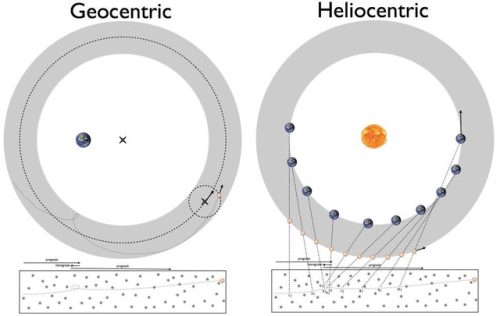






What Separates A Good Scientific Theory From A Bad One?
“It’s why an idea like dark matter is so powerful. By adding just a single new species of particle — something that’s cold, collisionless, and transparent to light and normal matter — you can explain everything from rotating galaxies to the cosmic web, the fluctuations in the microwave background, galaxy correlations, colliding galaxy clusters, and much, much more. It’s why ideas with a huge number of free parameters that must be tuned to get the right results are less satisfying and less predictively powerful. If we can model dark energy, for instance, with just one constant, why would we invent multi-field models with many parameters that are no more successful?”
You’ve often heard, when discussing competing scientific ideas, of appealing to Occam’s razor. Often paraphrased as “all things being equal, the simplest explanation is usually best,” it seems to open the door for people to argue over which explanation is simplest. This should not, however, be a point of contention: the explanation that’s simplest is the one that introduces the fewest number of new, additional free parameters. And when it comes to all things being equal, the things in question ought to be the number of new phenomena the novel idea can explain, along with the number of discernible predictions as compared with the old, prevailing idea. The best scientific ideas are the ones that explain the most by adding the least, while the worst ones unnecessarily add additional parameters on top of what we observe for no good reason other than personal bias. Ideas may be a dime-a-dozen, but a good idea is hard to find.
The next time you encounter an interesting, wild idea that someone throws out there, use this criteria to evaluate it. You just might be surprised at how quickly you can tell whether an idea is good or bad!

Cassini’s farewell mosaic of Saturn by europeanspaceagency
September 15
This one is technically not yet history, because at the time of posting, the little craft has about half an hour left to go. That said, let’s proceed.
In 2017, NASA’s Cassini space probe ended its twenty-year mission at Saturn. After a nearly-seven-year-long journey there, it orbited the ringed planet for 13 years and just over two months, gathering copious amounts of information about the planet, said rings, and many of its moons. It landed an ESA probe called Huygens on Titan, the first-ever soft landing in the outer Solar System. It discovered lakes, seas, and rivers of methane on Titan, geysers of water erupting from Enceladus (and passed within 50 miles of that moon’s surface), and found gigantic, raging hurricanes at both of Saturn’s poles.
And the images it returned are beautiful enough to make you weep.
On this day in 2017, with the fuel for Cassini’s directional thrusters running low, the probe was de-orbited into the Saturnian atmosphere to prevent any possibility of any contamination of possible biotic environments on Titan or Enceladus. The remaining thruster fuel was used to keep the radio dish pointed towards Earth so the probe could transmit information about the upper atmosphere of Saturn while it was burning up due to atmospheric friction.
This is us at our best. We spent no small amount of money on a nuclear-powered robot, launched it into space, sent it a billion miles away, and worked with it for two decades just to learn about another planet. And when the repeatedly-extended missions were through, we made the little craft sacrifice itself like a samurai, performing its duty as long as it could while it became a shooting star in the Saturnian sky.

Rhea occulting Saturn

Water geysers on Enceladus

Strange Iapetus

Look at this gorgeousness

A gigantic motherfucking storm in Saturn’s northern hemisphere

Tethys

This image is from the surface of a moon of a planet at least 746 million miles away. Sweet lord

Mimas

Vertical structures in the rings. Holy shit

Titan and Dione occulting Saturn, rings visible

Little Daphnis making gravitational ripples in the rings

That’s here. That’s home. That’s all of us that ever lived.

Saturn, backlit

A polar vortex on the gas giant

Icy Enceladus
(All images from NASA/JPL)
-
 sergioballester-blog reblogged this · 4 years ago
sergioballester-blog reblogged this · 4 years ago -
 sergioballester-blog liked this · 4 years ago
sergioballester-blog liked this · 4 years ago -
 skygent liked this · 6 years ago
skygent liked this · 6 years ago -
 toxinwing liked this · 7 years ago
toxinwing liked this · 7 years ago -
 coffee-and-vroomvroom reblogged this · 7 years ago
coffee-and-vroomvroom reblogged this · 7 years ago -
 wentzdayz liked this · 7 years ago
wentzdayz liked this · 7 years ago -
 amarac007-blog liked this · 7 years ago
amarac007-blog liked this · 7 years ago -
 mathewryf reblogged this · 7 years ago
mathewryf reblogged this · 7 years ago -
 askuncleotis reblogged this · 7 years ago
askuncleotis reblogged this · 7 years ago -
 askuncleotis liked this · 7 years ago
askuncleotis liked this · 7 years ago -
 lilpoundcakeofficial reblogged this · 7 years ago
lilpoundcakeofficial reblogged this · 7 years ago -
 lilpoundcakeofficial liked this · 7 years ago
lilpoundcakeofficial liked this · 7 years ago -
 littleyellowbug liked this · 7 years ago
littleyellowbug liked this · 7 years ago -
 thestrangeange liked this · 7 years ago
thestrangeange liked this · 7 years ago -
 papiwolves reblogged this · 7 years ago
papiwolves reblogged this · 7 years ago -
 earlyaughts liked this · 7 years ago
earlyaughts liked this · 7 years ago -
 cptprocrastination reblogged this · 7 years ago
cptprocrastination reblogged this · 7 years ago -
 hittosama reblogged this · 7 years ago
hittosama reblogged this · 7 years ago -
 particolored-arts liked this · 7 years ago
particolored-arts liked this · 7 years ago -
 trouble-connecting reblogged this · 7 years ago
trouble-connecting reblogged this · 7 years ago -
 patricia-parker liked this · 7 years ago
patricia-parker liked this · 7 years ago -
 zackarooo reblogged this · 7 years ago
zackarooo reblogged this · 7 years ago -
 classica-1750 reblogged this · 7 years ago
classica-1750 reblogged this · 7 years ago -
 classica-1750 liked this · 7 years ago
classica-1750 liked this · 7 years ago -
 softfae liked this · 7 years ago
softfae liked this · 7 years ago -
 pingman38 reblogged this · 7 years ago
pingman38 reblogged this · 7 years ago -
 pingman38 liked this · 7 years ago
pingman38 liked this · 7 years ago -
 oendel reblogged this · 7 years ago
oendel reblogged this · 7 years ago -
 oendel liked this · 7 years ago
oendel liked this · 7 years ago -
 iseetitanseverywhere liked this · 7 years ago
iseetitanseverywhere liked this · 7 years ago -
 geodude074 liked this · 7 years ago
geodude074 liked this · 7 years ago -
 hrodbert65 liked this · 7 years ago
hrodbert65 liked this · 7 years ago -
 pcdube2007 liked this · 7 years ago
pcdube2007 liked this · 7 years ago -
 dgnacho liked this · 7 years ago
dgnacho liked this · 7 years ago -
 jaboticasworld liked this · 7 years ago
jaboticasworld liked this · 7 years ago -
 forceupdate666 reblogged this · 7 years ago
forceupdate666 reblogged this · 7 years ago -
 forceupdate666 liked this · 7 years ago
forceupdate666 liked this · 7 years ago -
 farbeyondthewindowsight-blog liked this · 7 years ago
farbeyondthewindowsight-blog liked this · 7 years ago -
 dannngerr liked this · 7 years ago
dannngerr liked this · 7 years ago -
 thetwistypretzel-blog liked this · 7 years ago
thetwistypretzel-blog liked this · 7 years ago -
 porialis reblogged this · 7 years ago
porialis reblogged this · 7 years ago -
 porialis liked this · 7 years ago
porialis liked this · 7 years ago